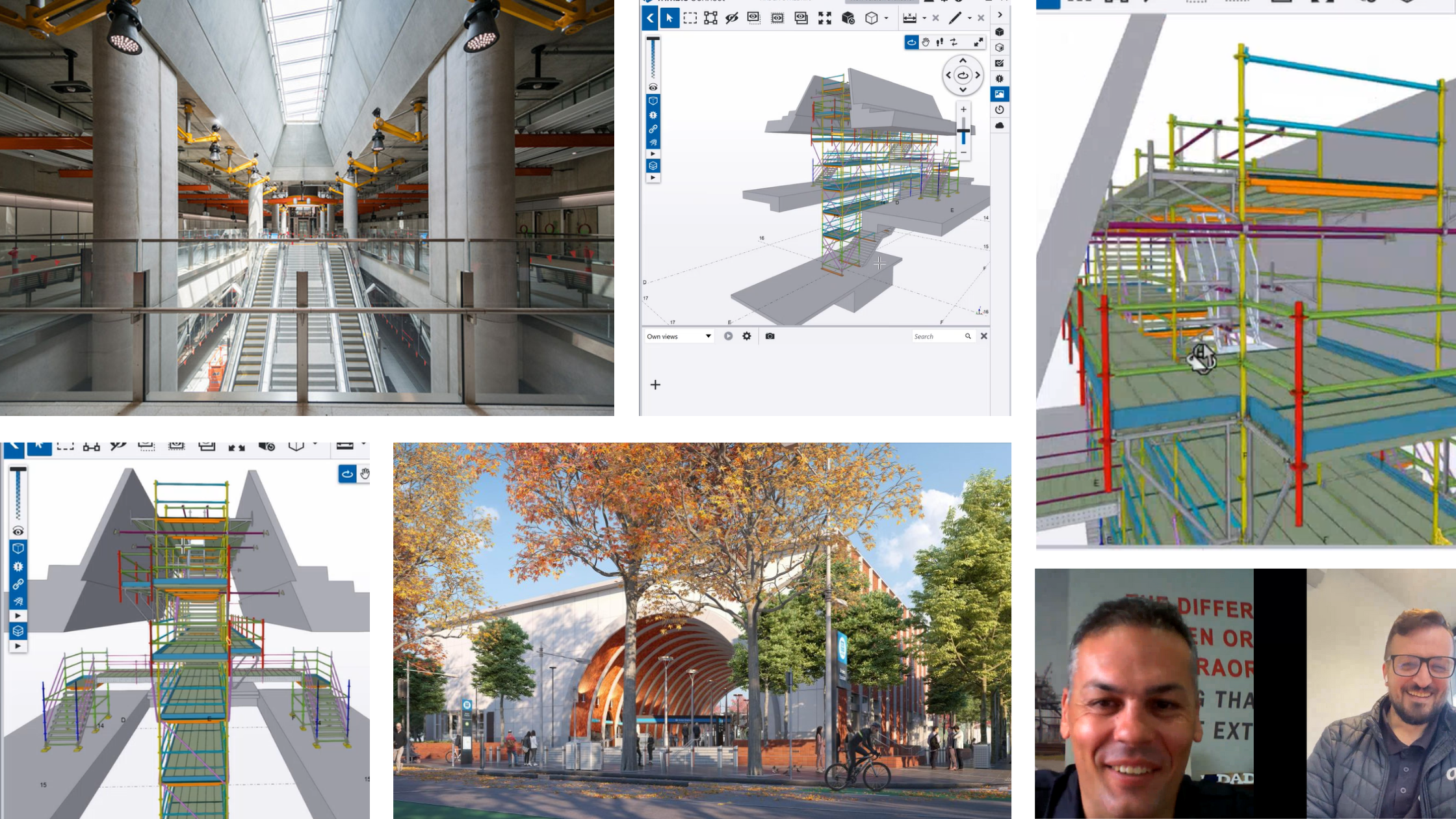Scaffolding Trends in 2025: Innovations and Insights for the Industry
24 January 2025 | 2 minute read
As the construction and industrial sectors continue to evolve, scaffolding remains a vital component of projects worldwide. The year 2025 marks an exciting time for scaffolding professionals, with advancements in technology, safety standards, and sustainable practices shaping the future of the industry. This article explores the latest trends influencing the global scaffolding landscape.
Technological Advancements in Scaffolding
The integration of technology is revolutionising scaffolding operations in 2025. Digital tools, such as Building Information Modelling (BIM) and advanced project management software, are streamlining design, planning, and execution processes. For instance:
- 3D Modelling and Simulation: BIM allows precise scaffolding designs, reducing material waste and enhancing efficiency.
- Scaffolding Management Software: Advanced tools enable seamless coordination of scaffold design, inventory management, and on-site planning, reducing project timelines and costs.
- IoT-Enabled Scaffolding: Sensors integrated into scaffolding structures provide real-time data on stability, load capacity, and environmental conditions, improving safety and decision-making.
Focus on Sustainability
With global emphasis on reducing carbon footprints, the scaffolding industry is embracing eco-friendly practices. Key developments include:
- Reusable Materials: Aluminium and steel scaffolding systems are gaining popularity due to their recyclability and durability.
- Green Construction Methods: Lightweight scaffolding solutions reduce transportation emissions and energy consumption during assembly.
- Sustainable Manufacturing: Companies are adopting cleaner production methods and minimising waste.
Enhanced Safety Standards
Safety continues to be a top priority in scaffolding. In 2025, innovations are addressing longstanding challenges to create safer environments for workers:
- Automated Safety Inspections: AI-powered tools are identifying potential hazards during scaffold assembly and disassembly.
- Ergonomic Designs: Modular scaffolding systems with lightweight components reduce strain on workers, minimising injuries.
- Global Standardisation: Many countries are aligning their regulations with international safety standards, ensuring consistency and best practices.
Rising Demand for Modular and Customisable Systems
The global market is experiencing a surge in demand for modular scaffolding systems that offer flexibility and adaptability. Customisable scaffolds cater to:
- Complex Projects: Unique designs for high-rise buildings, industrial plants, and historical restoration.
- Quick Assembly Needs: Pre-engineered components enable faster installations and dismantling.
Expansion in Emerging Markets
Emerging economies in Asia, Africa, and Latin America are driving significant growth in the scaffolding industry. Urbanisation, infrastructure development, and industrialisation are boosting demand for:
- Affordable and durable scaffolding systems.
- Skilled labour and training programmes.
Digital Collaboration and Training
Remote collaboration and training have become essential for modern scaffolding operations. Digital platforms provide:
- Virtual Training Modules: AR/VR technologies offer immersive learning experiences for workers.
- Real-Time Collaboration: Cloud-based tools facilitate communication between on-site teams and office staff.
An Exciting Future for Scaffolding
The global scaffolding industry is undergoing a transformative phase in 2025, driven by innovation, sustainability, and safety. Companies that embrace these trends will gain a competitive edge in the market.
By adopting advanced tools, sustainable practices, and digital collaboration, businesses can position themselves for success in 2025 and beyond.


